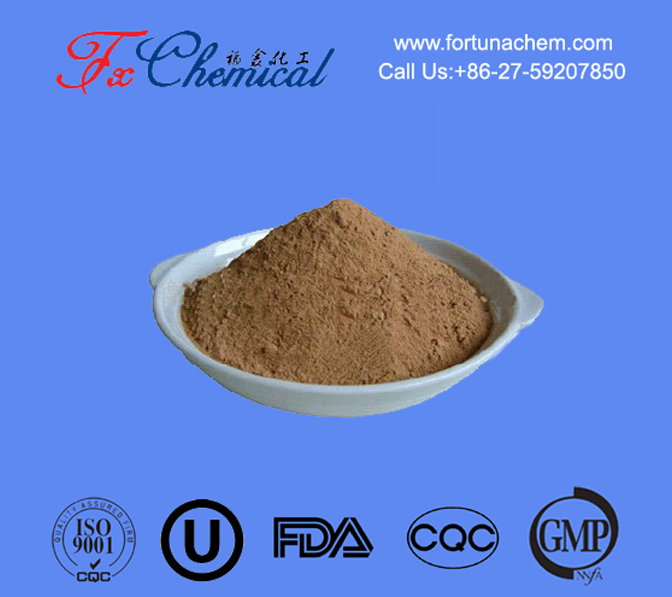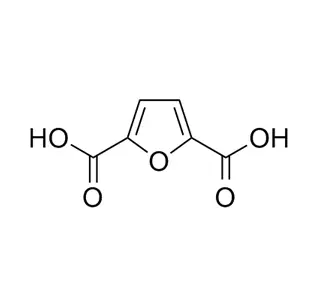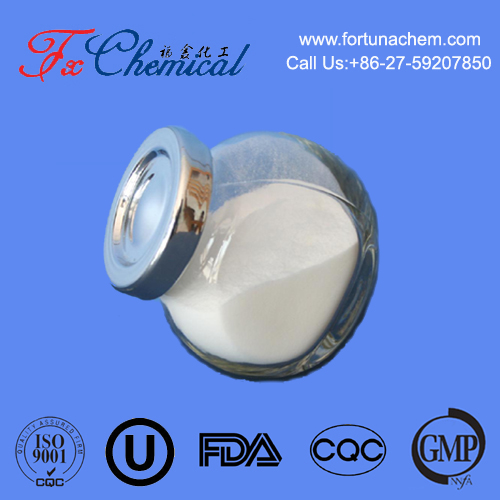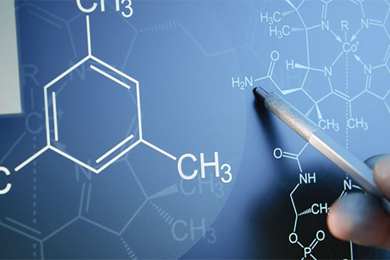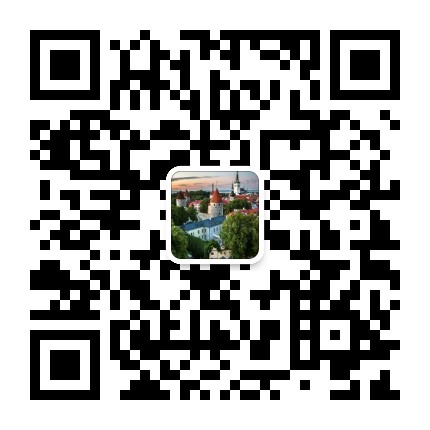
Search

Search

-Di-p-toluoyl-L-tartaric_acid主图.jpg)

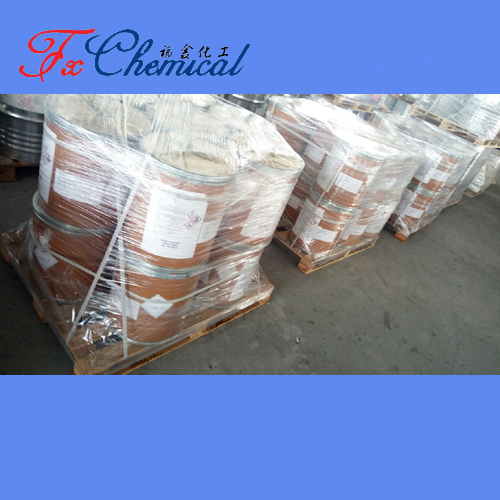
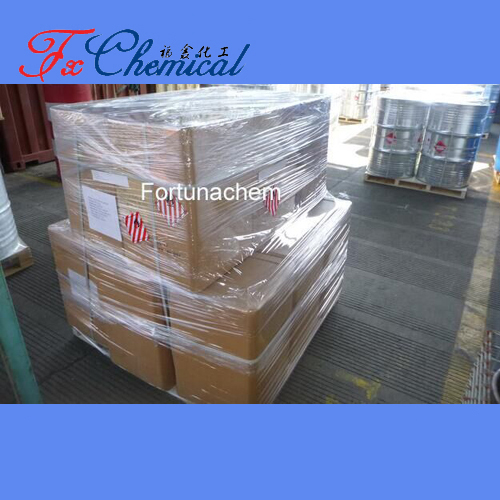
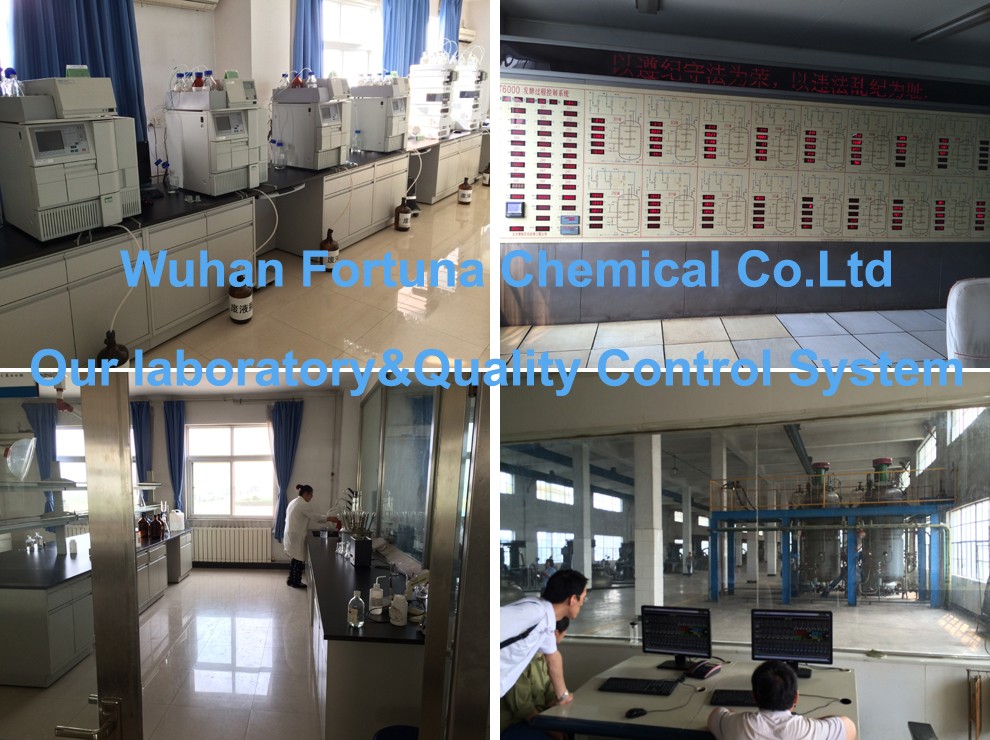
-Di-p-toluoyl-L-tartaric_acid主图.jpg)




(-)-Di-p-toluoyl-L-tartaric acid (L-(-)-DTTA) is a chiral organic acid derived from L-tartaric acid. Both of its hydroxyl groups are esterified with p-toluic acid (4-methylbenzoic acid). Its key feature is being enantiomerically pure (specifically the L-(-) form).
Primary Use: It's a highly effective chiral resolving agent. It forms diastereomeric salts with racemic mixtures of chiral bases (like amines). Due to differing solubilities, one salt preferentially crystallizes, allowing separation and isolation of a single enantiomer of the base. It's crucial in asymmetric synthesis for producing enantiopure compounds.
(-)-Di-p-toluoyl-L-tartaric acid (also known as L-(-)-DTTA, DP-TTA, or L-(-)-DIPT) is a specialized chiral organic compound primarily used as a resolving agent in chemistry. Here's a breakdown of its key aspects:
Chemical Structure:
Core: Derived from L-(-)-tartaric acid, a naturally occurring chiral dicarboxylic acid with two stereocenters.
Modification: Both hydroxyl groups (-OH) of the tartaric acid are esterified with p-toluic acid (4-methylbenzoic acid). This replaces the -OH groups with -O-C(O)-C₆H₄-CH₃ groups (where the phenyl ring has a methyl group in the para position).
Chirality: The "L-(-)-" designation specifies the absolute configuration (stereochemistry) of the tartaric acid core. This is crucial for its resolving power.
Formula: C₂₂H₂₂O₈
Structure:HOOC-CH(O-C(O)-C₆H₄-CH₃)-CH(O-C(O)-C₆H₄-CH₃)-COOH
(with the specific L-configuration at the chiral carbons).
Key Properties:
Physical Form: Typically a white crystalline solid.
Solubility: Soluble in common organic solvents like methanol, ethanol, acetone, chloroform, and ethyl acetate. Less soluble in water.
Chirality: It is enantiomerically pure (specifically the L-(-) form).
Primary Use: Chiral Resolution:
This is its most important application. DTTA is a classic chiral resolving agent.
Mechanism: It forms diastereomeric salts with racemic mixtures of chiral bases (e.g., amines, amino acids, alkaloids, amino alcohols).
Principle: The diastereomeric salts formed between DTTA and the two enantiomers of the base have different physical properties, most notably different solubilities in certain solvents.
Process: The less soluble diastereomeric salt crystallizes out preferentially from solution. By filtering off these crystals and then breaking the salt (e.g., with acid or base), you isolate one enantiomer of the target compound. The mother liquor can then be processed (sometimes after racemization) to obtain the other enantiomer.
Why it works: The bulky, rigid p-toluoyl groups create a distinct chiral environment around the acidic carboxyl groups of the tartrate. This environment interacts differently with the mirror-image forms of the basic compound, leading to the different salt stabilities and solubilities.
Advantages as a Resolving Agent:
High Enantiomeric Purity: Often allows isolation of enantiomers with very high ee (enantiomeric excess).
Versatility: Effective for resolving a wide range of basic chiral compounds.
Crystallinity: Forms well-defined crystalline salts, facilitating separation.
Availability: Commercially available in high enantiomeric purity.
Other Uses:
Chiral Auxiliary/Catalyst: Can be used as a chiral ligand in asymmetric synthesis or catalysis, though less common than its use in resolution.
Chiral Shift Reagent: Sometimes used in NMR spectroscopy to help distinguish enantiomers.
Building Block: For synthesizing more complex chiral molecules.
In summary, (-)-Di-p-toluoyl-L-tartaric acid (L-(-)-DTTA) is an enantiomerically pure chiral acid derived from esterifying L-tartaric acid with p-toluic acid. Its paramount importance lies in its ability to resolve racemic mixtures of chiral bases via the formation and separation of diastereomeric salts, exploiting differences in their solubility. It's a fundamental tool in asymmetric synthesis and the production of single enantiomer pharmaceuticals and fine chemicals.
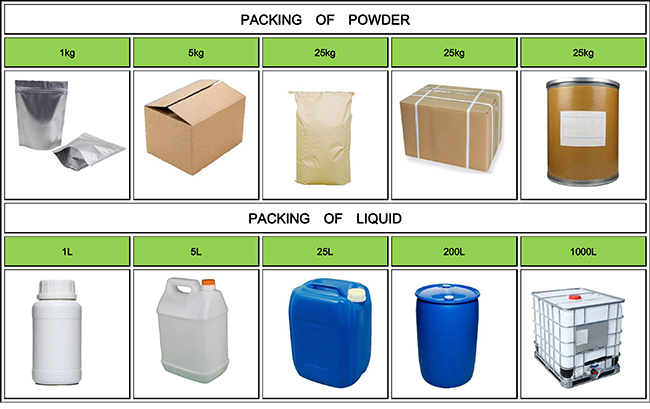
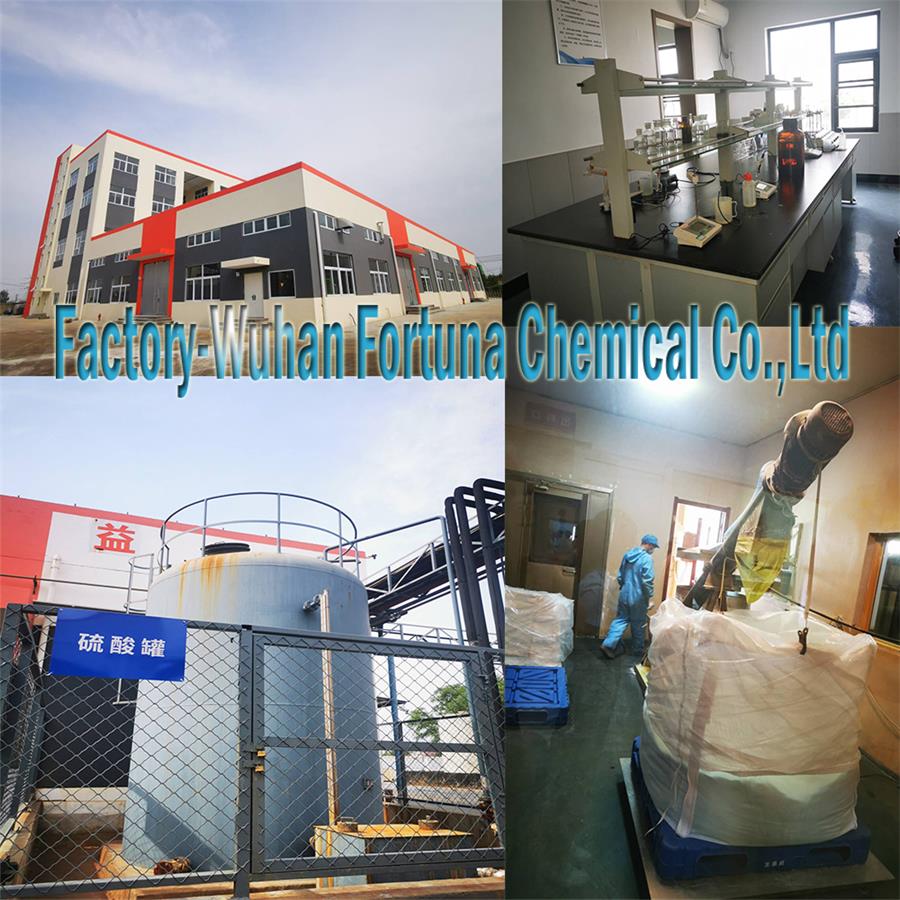
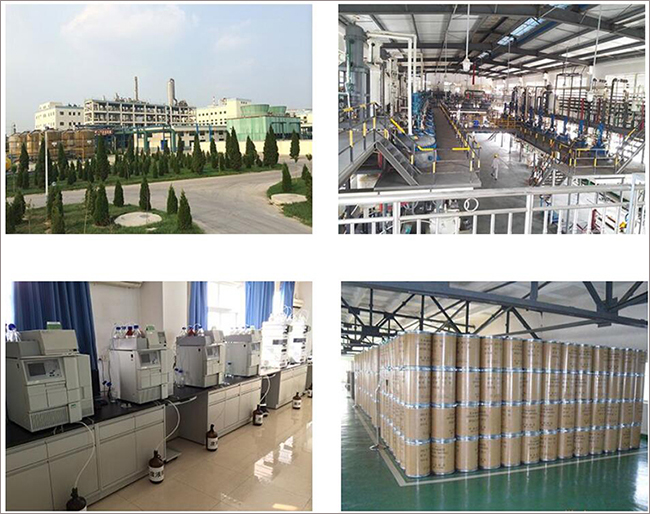

Fortunachem Provides Not Only Professional Chemical Products But Also Professional Help
Keeping you up-to-date with all the latest information, news, and events about Fortunachem!

Quick Links
Add:
E-mail:
 English
English  Español
Español  français
français  العربية
العربية 